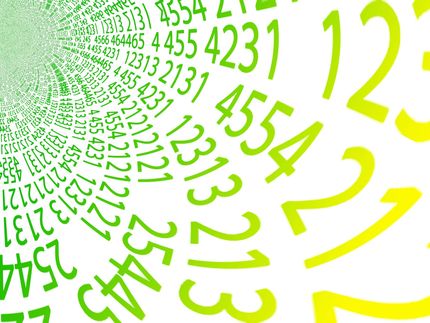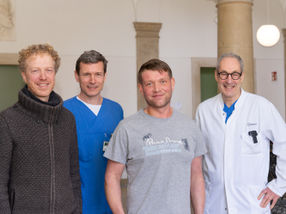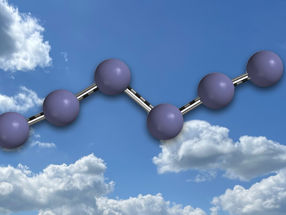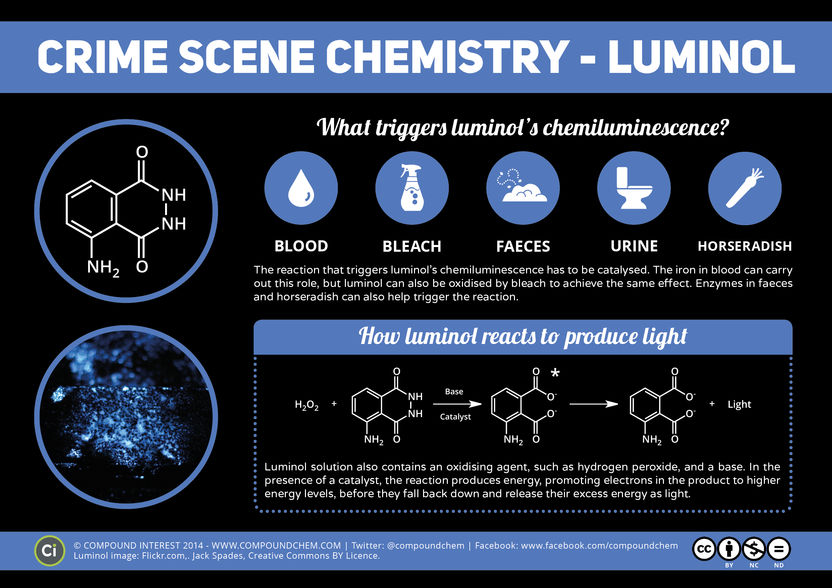Cancer Drug from Sea Sponges?
Marine organisms are a real treasure trove for new drug candidates. Take Dictyostatin, for example: a cytotoxic compound obtained in milligram scale from a sea sponge, which could have what it takes to treat cancer. The exact structure of this large, ring-shaped molecule (macrolide) has remained unclear for ten years, a proposed structure unproven. British and American teams have now nearly simultaneously succeeded in developing a synthetic route for preparing Dictyostatin in the lab and thus proving that the proposed structure is in fact correct.
Dictyostatin is a strong cytostatic agent; it causes dividing cells to get stuck in a specific stage of the cell cycle, triggering apoptosis, programmed cell death. Cancer cells are substantially more sensitive to cytostatics than normal tissue, because they divide very rapidly. Dictyostatin also works on tumor cells that are resistant to Taxol (paclitaxel).
It was clear early on that Dictyostatin is a large 22-membered ring with eleven stereocenters (tetravalent carbon atoms that can be spatially arranged in two different ways, resulting in structures that are mirror images of each other). There are more than 2000 theoretically possible combinations of these stereocenters for Dictyostatin, and the determination of its structure therefore is a difficult undertaking. Spectroscopic data and computer simulations recently allowed a British team led by Ian Paterson of Cambridge University to propose a structure. According to them, Dictyostatin is a close analog of the open-chain compound Discodermolide, which is currently undergoing clinical trails as an anti cancer drug. When researchers want to verify the structure of an organic molecule or to fill in missing details, they use the method of total synthesis. They prepare the compound from basic components in the lab and then compare the spectroscopic data of the original to those of the copy. In this way, the Paterson team has been able to verify their proposed structure. "Our synthetic route allows for the production of larger quantities of Dictyostatin, making it possible to more closely examine its pharmacological effects," says Paterson. "In addition, this route is sufficiently flexible to make slightly modified analogs easily accessible." The structure was also confirmed by a second slightly different total synthesis developed in parallel by an American team headed by Dennis P. Curran of the University of Pittsburgh. "Dictyostatin has three fewer stereocenters than the open-chain Discodermolide," says Curran. "Its analogs should thus be far easier to produce."
Other news from the department science

Get the life science industry in your inbox
By submitting this form you agree that LUMITOS AG will send you the newsletter(s) selected above by email. Your data will not be passed on to third parties. Your data will be stored and processed in accordance with our data protection regulations. LUMITOS may contact you by email for the purpose of advertising or market and opinion surveys. You can revoke your consent at any time without giving reasons to LUMITOS AG, Ernst-Augustin-Str. 2, 12489 Berlin, Germany or by e-mail at revoke@lumitos.com with effect for the future. In addition, each email contains a link to unsubscribe from the corresponding newsletter.






















































